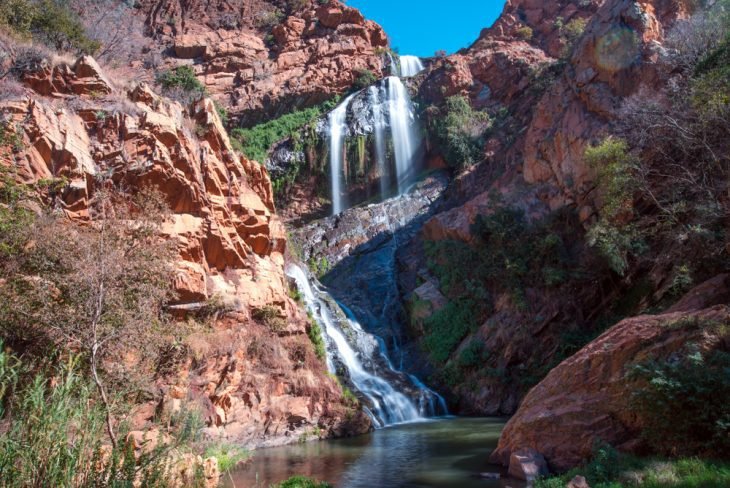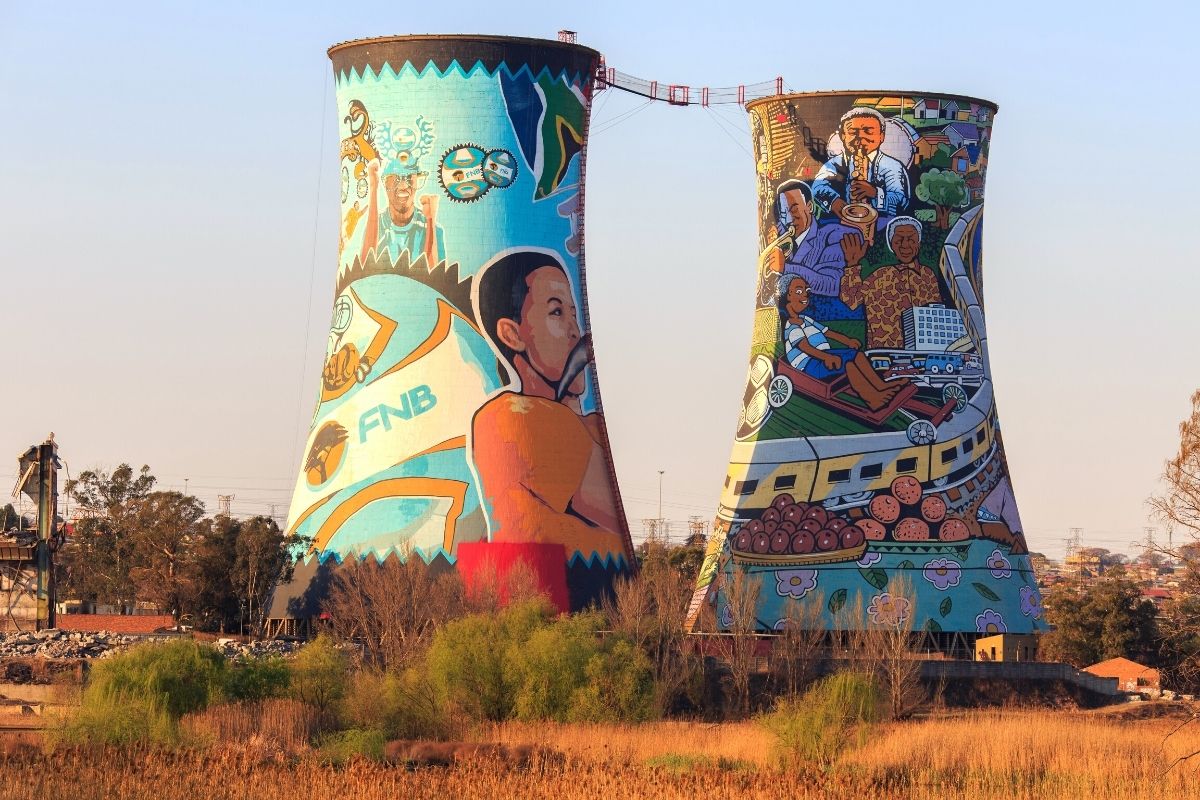Johannesburg North Attractions - The Facts
Johannesburg North Attractions - The Facts
Blog Article
Johannesburg North Attractions Fundamentals Explained
Table of ContentsExcitement About Johannesburg North AttractionsThe Johannesburg North Attractions IdeasExamine This Report on Johannesburg North Attractions7 Easy Facts About Johannesburg North Attractions ShownNot known Incorrect Statements About Johannesburg North Attractions Johannesburg North Attractions Fundamentals ExplainedThe Facts About Johannesburg North Attractions Revealed
Nonetheless you should keep protection in mind and travelers must continue to be alert whatsoever times when in unfamiliar surroundings. Talk to the citizens when you remain in community to discover the location you are staying in. Johannesburg North attractions. When on the street (this doesn't put on shopping center and various other safe atmospheres) ideal basic recommendations is to attempt your best to resemble a regional and to stay clear of presenting any kind of riches
The Main Principles Of Johannesburg North Attractions
Teacher Revil Mason O. J. (Thomson, 1946) discovered the Witwatersrand's pre-colonial background. His archaeological job exploded the 'em pty land' myth, according to which the area was lacking human habitation before the arrival of European settlers. In his publications Prehistory of the Transvaal: A Document of Human Activity (1962) and Beginnings of Black Individuals of Johannesburg and the Southern Western Central Transvaal Advertisement 3501880 (1986 ), Professor Mason showed the degree of social and economic advancement in the location before Europeans established foot below.

Some Of Johannesburg North Attractions
In 1878, David Wardrop found gold in quartz veins at Zwartkop, north of Krugersdorp. In 1881, Stephanus Minnaar came throughout gold on the farm Kromdraai, near the Cradle of Mankind.
In March 1886, a protrusion (quickly to be called the Key Coral reef) was found, fairly fortuitously, on Gerhardus Oosthuizen's farm Langlaagte. Some say that the Lancastrian coal miner George Pedestrian uncovered this coral reef. An additional itinerant English miner, George Harrison (that had previously functioned in Australian mines) acquired a prospecting permit in respect of Langlaagte in May 1886.
He made a decision to proceed in a mission for greener pastures, and disposed of his Langlaagte claim for the handsome amount of 10. Alas: below lay the richest goldfield ever before discovered. The exploration of this rich auriferous reef provoked a gold rush that indicated completion of agrarian serenity in the southerly Transvaal.
It would, within six years, become the biggest community in southern Africa. Within a decade, it would certainly additional resources make the Z. A. R. until then an anarchical and insolvent little state the wealthiest country in Africa. By the turn of the century, the Z. A. R. was to go beyond Russia, Australia and the United States of America to come to be the world's leading gold manufacturer, creating more than a quarter of the world's gold.
The smart Trick of Johannesburg North Attractions That Nobody is Discussing
It was referred to as Ferreira's Camp, named after Colonel Ignatius Ferreira. He was a Boer traveler upon whom the British authorities had bestowed the status of Buddy of the Most Differentiated Order of St Michael and St George (qualifying him to the post-nominal letters C. M. G.) in thankfulness for his role in the battle that had actually deposed the Pedi king Sekhukhune in 1879.
2 other camps were established: Meyer's Camp on the ranch Doornfontein, and Paarl Camp. The latter was nicknamed Afrikander Camp; several individuals from the Cape Nest settled there.

Getting My Johannesburg North Attractions To Work
This name gained currency by word of mouth, such that the State Secretary verified the name to the Mining Commissioner on 9 October 1886. Stands in the village were auctioned on 8 December 1886. While some stands were cost 10, others were knocked down for just sixpence.
2 years later, these erven were to alter hands for as long as 750 each. The tented camps diminished as a dorp of corrugated iron buildings created and broadened north of the mines situated along the Key Reef Roadway. Areas such as Jeppe's Town (where working-class immigrants erected their residences) and Doornfontein (where the wealthy new 'Randlords' started to build their luxurious houses) were soon contributed to the ever-expanding map of the town.
The Facts About Johannesburg North Attractions Revealed
In addition to the road names, there were no indications of Johannesburg being situated in a Dutch-speaking country. Several years later, C. W. Kearns O. J. (one of the initial boys enrolled at St John's College in 1898) would certainly remember: 'A weird truth regarding Johannesburg was that, although it remained in the [Boer Republic], virtually everyone talked English and also the Government slaves attended to one in English, unless they were first attended to in the Taal (or Reduced Dutch)'.
Thus, Britain had an interest in guaranteeing ideal problems for gold manufacturing on the Witwatersrand, which the gold was exported to London instead of Berlin a vital rendered even more clamant by the Z. A. R - Johannesburg North attractions.'s enhancing toenadering with Germany. Mine proprietors got on a clash with President Kruger, whose plan of monopolistic giving ins (commonly provided to his cronies) stopped mining business from acquiring products of materials (particularly dynamite) and labour by themselves, cheaper terms
How Johannesburg North Attractions can Save You Time, Stress, and Money.
In 1890, the Volksraad had restricted the franchise to white guys that had resided in the Z. A. R. for fourteen years or longer, thus invalidating most of the immigrants (who occurred to be the significant contributors to the fiscus). However, agitation for the vote was a simple pretext for advertising a various schedule; many uitlanders regarded themselves as temporary site visitors and had no intention of remaining in the Z.
Report this page